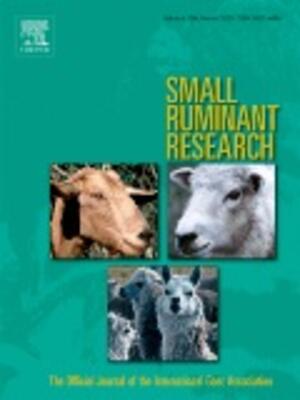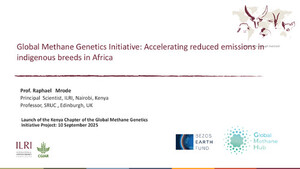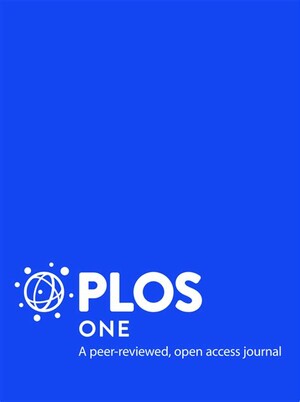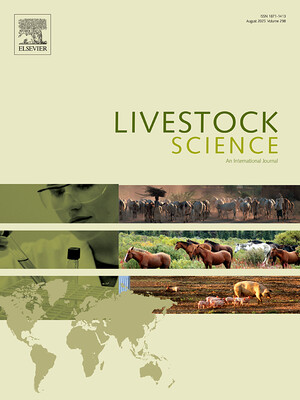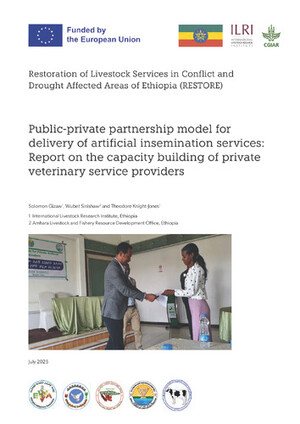
Breeding objectives for Central Highland goats using participatory and bio-economic modelling approaches
Abstract
The breeding objectives of Central Highland goats rearing under a low-input production system were defined through a participatory proportional piling method and bio-economic model. Additionally, the economic values and relative economic value of the breeding objective traits were derived. A participatory proportional piling method was used to estimate the relative weights of farmers attached to a list of goat traits identified, and the relative weights were statistically evaluated using a generalized multinomial logit model analysis. A bio-economic model was used to compute the economic values of the identified traits. The most important traits for selection of does according to farmer's preference were body size, coat colour, post-weaning growth rate and weaning rate with a relative weight (odds ratio) of 1.58, 1.38, 1.37 and 1.13, respectively. Goats with dark red followed by light red coat colour were the most preferred (p < 0.001) by goat keepers compared with white-coloured goats. Farmers were more likely (p < 0.001) to allocate higher scores for does-bearing twins than for single and triplet-bearing does. Using the bio-economic model (economic value and relative economic value), post-weaning growth rate, weaning rate, and six-month weight (body size) were identified as the most important traits and if the mean of these traits is changed by one genetic standard deviation, the change in profit will range from 2.06 to 3.03 $ doe−1 year−1. Therefore, the most important traits for the selection of Central Highland goats according to the economic-based method were post-weaning weight gain, weaning rate and body size (six-month weight). Besides, coat colour was the second preferred trait by goat keepers next to body size. Thus, this aesthetical trait should be included in the designed breeding programme besides economically important quantitative traits. The combination of the participatory proportional piling method and bio-economic model would give better insights to explore the trait preferences of farmers and enhance profitability. The economic values of traits estimated in this study can be used for the construction of selection indices for Central Highland goats.
Citation
Tesema, Z., Deribe, B., Shenkute, A., Gobeze, M., Kefale, A. and Gizaw, S. 2024. Breeding objectives for Central Highland goats using participatory and bio-economic modelling approaches. <i>Journal of Animal Breeding and Genetics</i> 14(1): 1–12.





